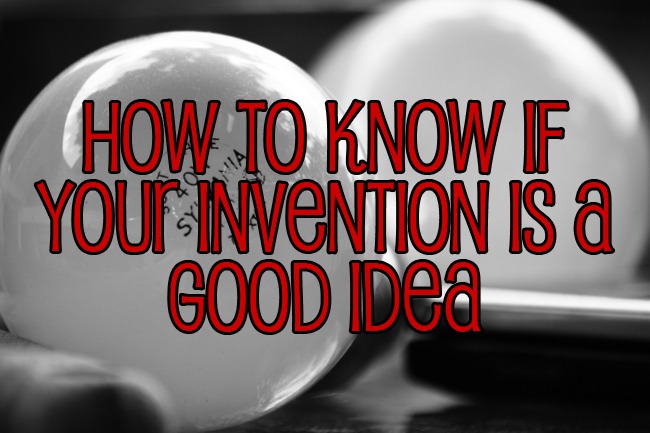
1. Make sure there’s really a need + a customer base for your idea.
You want to be sure you’ll actually have customers, right? Even if it’s a good idea, a small customer base will mean your product won’t be wildly successful.
A limited customer base means limited sales and limited profits.
2. Look around at the chain stores to see if there are already similar products out there.
Spend some time researching on the Internet too. If there are, don’t take it as a bad sign. This just means that there is a customer base for your idea; you just have to make your design better than the ones already on the market.
3. Find out if any of the existing designs have been patented.
You don’t want to infringe on someone else’s patents because that can land you in court and out thousands and thousands of dollars. Plus, you want to be sure that you can patent your idea later. Just because a product is already there doesn’t mean that it’s been patented or even patent pending.
Check out the US Patent Office to find out. (After this step, you’ll probably need to speak with a patent attorney, but in the meantime you can read our article about provisional patents to get yourself started).
4. Make sure that developing your idea isn’t cost prohibitive.
You need to be able to turn around and sell your product at a profit, or your business will fail. If your competitors are selling their versions for much cheaper, you may be running into a problem (but not necessarily, as people will probably pay more money for a higher quality product).
The rule of thumb I’ve heard is that you need to be able to sell your product at five times what it costs to make. This covers your production costs, packaging costs, and overhead.
Already have your invention on the market? What other advice can you give to people just starting out?


